Getting wounded when you have no access to professional medical care and equipment can turn ugly quickly, so it’s important that you take care if it immediately and continue wound care until it’s healed well enough that infection is no longer a danger.
The most critical part after you stop the bleeding is getting the wound clean of debris and bacteria. That’s probably the crummiest part of it, especially for the person who has the wound, but it’s essential to get it clean right away so that your body can start repairing itself.
Keeping it clean throughout the healing process is critical, too, but it’s this first cleaning that will set the tone for your healing. Do it right. In order to make sure that your wound is clean, you’ll need some form of antiseptic, bandages, poultice or salve, clean cloths, and possibly tweezers to remove debris.
The antiseptic is probably the most important ingredient after debris removal because it’s going to kill any bacteria and other bugs that will hinder the healing process, or worse – cause infection. It doesn’t take long for infections to go septic – enter your bloodstream – and if that happens, you’re in serious trouble. That will literally kill you if you don’t have antibiotics.
So. Get it clean. Here are some different antiseptics, how they work, and how to use them.
Water
If you have absolutely nothing else, water will have to do. For that matter, clean water is what you should use to initially clean the wound before using antiseptic. The problem is that if the water isn’t sterile, it can add bacteria to the wound and hurt you way worse than it will help. Simply using water from a lake or pond – or for that matter, rainwater – is a terrible idea.
To prepare water that isn’t straight from a sealed bottle to be clean enough to clean a wound, you need to:
- Filter it if it has any type of debris in it at all
- Sterilize it by boiling or by adding 1 part bleach to ten parts water. It wouldn’t hurt to do both. As a matter of fact, bleach kills 99.9 percent of germs. That’s about as close as you can get to perfect.
- If you’re going to boil it, keep it at a rolling boil for at least a minute, or 3 minutes if you’re above 1000 feet above sea level.
- Let it cool, but use it or bottle it in sterile bottles immediately after to prevent bacterial invasion.
You can clean a wound with water by pouring it over the wound and allowing the water to wash away the debris. If you couldn’t care for the wound immediately, you can soak the wound for a few minutes to loosen the dried blood and debris, then irrigate with water. If necessary, use a clean, sterile cloth to gently wipe away debris, and irrigate again after. Repeat until the wound is clean.
If you have absolutely no antibacterial agent to use, be extra vigilant about washing with water then bandage according to the wound type.
Gunpowder
In the 19th century, the doctors used to pour gunpowder into the wound and set it on fire. Burning gunpowder destroys impurities, and stops the bleeding. You probably know what I mean if you watched Rambo 3, where John Rambo has to find a way to heal his shrapnel wound.
Video first seen on Christian Sansone.
But you have to be aware we’re talking about an extreme solution: if you use this method, you will cause a lot of pain and ugly scarring.
Also, as dr. Radu Scurtu says in his medical guide “Survival M.D.” you don’t just close off the blood vessel but also the muscle, causing an extra burn which can become infected.
Antiseptics
Now that you have it clean, it’s time to apply the antiseptic. There are many different types that are effective, but you need to have at least one kind on hand at all times. We’re going to talk about some standard ones, but also some that you may not think of.
Sugar
Have you heard of this? Most people haven’t, but it’s been a practice for centuries. I checked the NCBI thinking that it was possibly a snake oil situation. It’s not. Sugar helps lower the pH of the wound, which inhibits bacterial growth. It also acts as an anti-inflammatory, pulls microphages (your body’s natural little bacteria eaters) to the surface, and promotes the growth of new tissue. Go figure. Carry a sugar packet.
Povidone Iodine (brand name Betadine)
The bottom line is that it may sting like crazy, but betadine is the bomb when it comes to killing what may ail ya in a wound. It’s an antibiotic, antiviral, and antiseptic and kills on contact. Since some of you may possibly consider using it to purify your water, you’re getting more bang for your buck since you can use it to clean wounds and surfaces, too. That’s right. Hospitals use it to sterilize surfaces because it’s so effective.
Sugardine
If you’ve been around farm animals, you’ve likely heard of sugardine. It’s a mixture of 1 part povidone iodine to 3 parts sugar mixed to make a paste to use on a wound. It’s one of the most effective antiseptics around and promotes healing, too. Sugar and iodine work well because sugar is obviously too dry to adhere to the wound effectively and iodine is too runny. Mix them together to make a paste, and you’ve got a good recipe that combines all of the benefits of both ingredients.
Isopropyl Alcohol
Ouch. You’ve heard about using this for wound care as a kid. As a matter of fact, you’ve probably run screaming from the house when you saw the bottle. Alcohol is a decent antiseptic because it kills bacteria, viruses and fungi by denaturing their proteins, rendering them useless.
However, alcohol can’t kill bacterial spores. That means it’s not an effective method of sterilization but it still works well as a skin and hard surface antiseptic. It needs to be at a concentration of between 60 and 90 percent.
Liquor
You see it all the time in westerns – the wounded cowboy is biting down on a piece of leather and somebody is pouring his whiskey or moonshine (yowza) into his wound to clean it. But does it work. Actually, the answer is yes. It needs to be between 120 and 180 proof to be most effective.
You should know though, that many studies show that ethyl alcohol, the alcohol in liquor, doesn’t kill some bacteria, including Clostridium, the bacteria responsible for tetanus, botulism, and gas gangrene. Still it kills most others, though it works slower than isopropyl alcohol.
So, if you’ve got the vodka or the whiskey and a wound that needs cleaning, bite down on the strop and pour it on. Since it has other uses such as making tinctures and drinking, it’s a good thing to have around.
Mouthwash
That antiseptic mouthwash that you have in the cabinet is acceptable for use as an antiseptic because of the high concentrations of alcohol and chlorhexidine. The latter, unlike alcohol, does kill spores and is considered both a germicidal and a disinfectant, so it’s a good combination.
Honey
For centuries honey has been used as an antiseptic and research backs it up. Honey is antibacterial, antifungal, and antiviral. Make sure your wound is clean and you will definitely need to cover the it after putting honey on it. Otherwise, you’re a walking debris magnet.
Honey is also one of the items on this list that you can “grow” yourself, so you’d never have to worry about running out.
Peroxide – NOT
We all have it in our medicine cabinets. My mom was a nurse (a very smart one), so I was taught growing up that peroxide wasn’t any good as an antibacterial but was helpful in bubbling up and helping get rid of debris in the wound. That’s a fact. Research shows that it doesn’t retard growth, but it doesn’t kill bacteria, either.
So, it’s good to keep on hand to “bubble out the dirt” as Mom used to say, but you need to follow it up with a good antiseptic.
Disinfecting a wound as soon as possible and keeping it disinfected while it’s healing is the best way to prevent infection and promote healing. Especially in a survival situation where you may not have access to hospitals or antibiotics, preventing infection is critical to staying alive. Also, know your first aid!
Remember that knowledge is the only doctor that can save you when there is no medical help around you.
Click the banner below for more!
Resources:
https://www.ncbi.nlm.nih.gov/pmc/articles/PMC2956799/


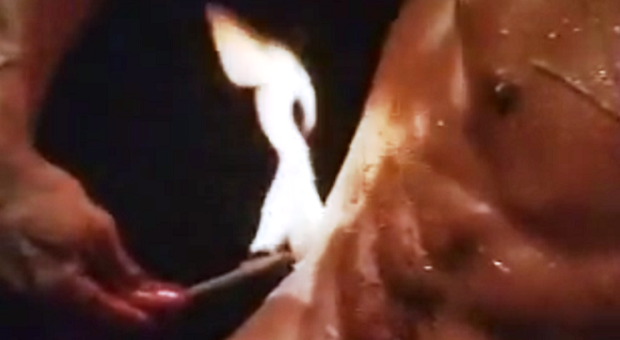
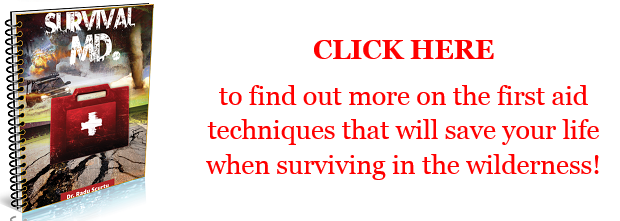
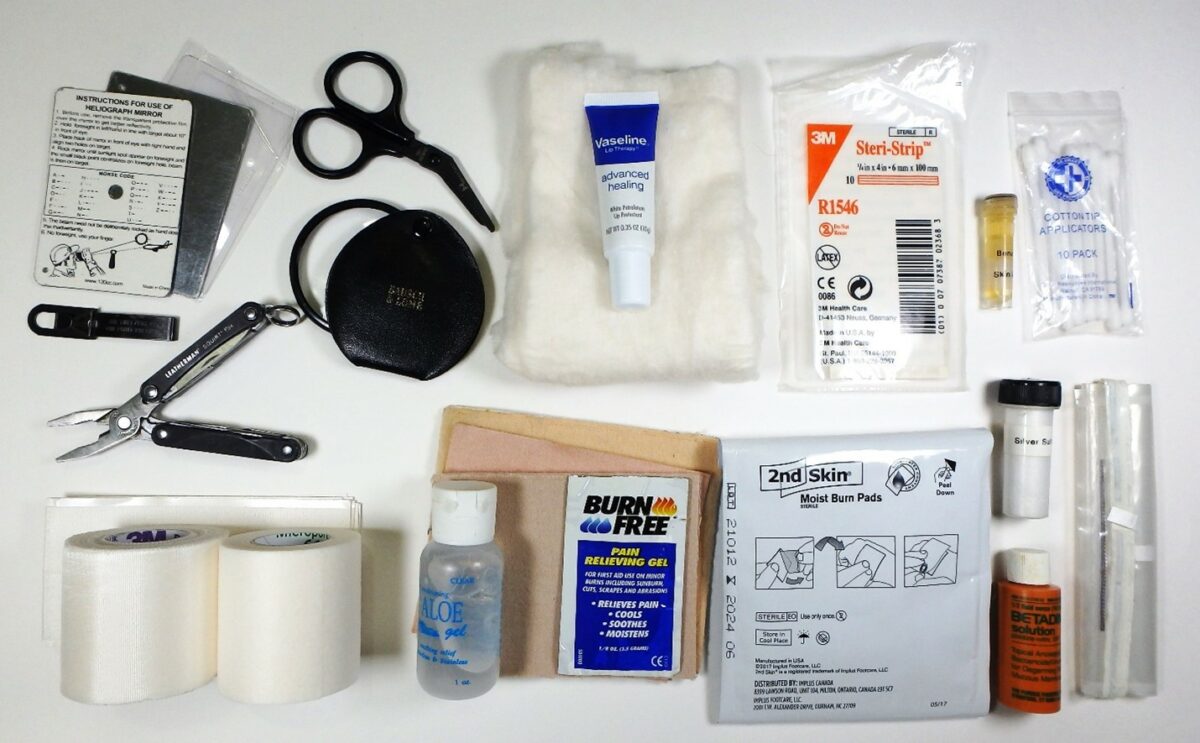
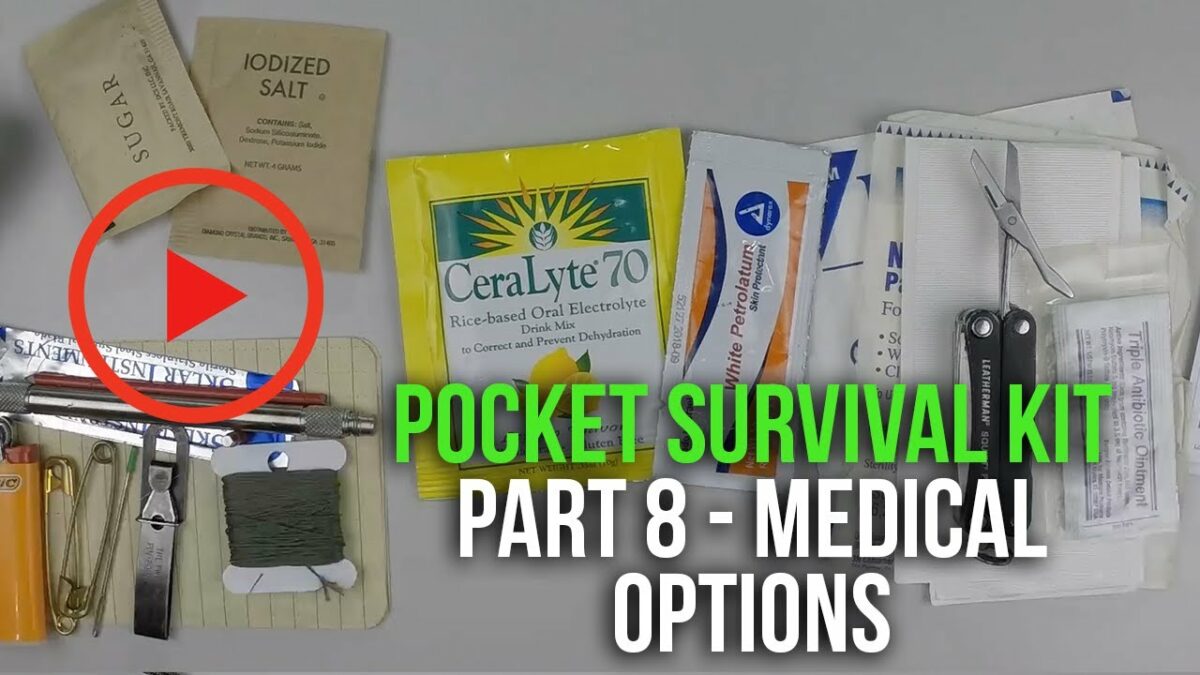
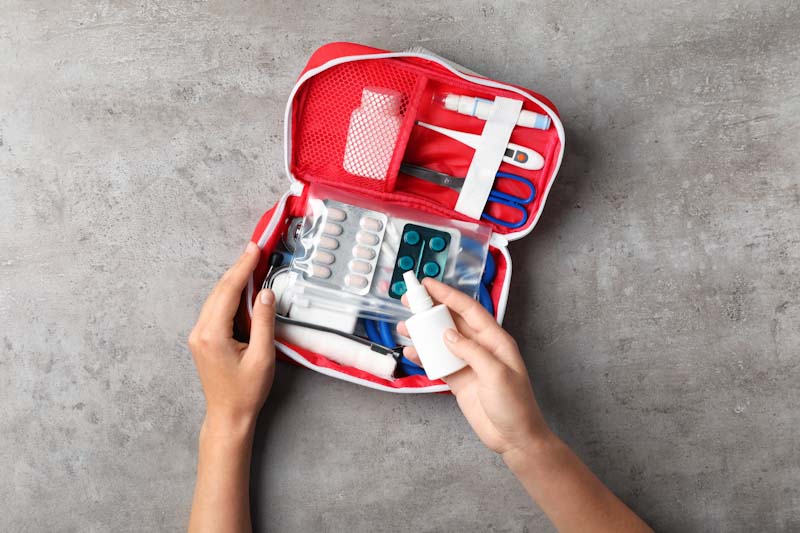

Ray | March 24, 2017
|
How could she not include Colloidal Silver, it would have been my first choice. I have been using it for years and I make my own for penny’s a liter.
Pingback:Treating Farmyard Wounds Without A Vet | Survivopedia | February 4, 2018
|